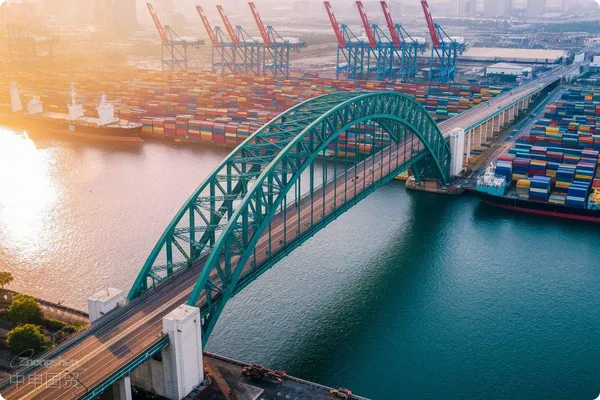- Shanghai Zhongshen International Trade Co., Ltd. - Two decades of trade agency expertise.
- Service Hotline: 139 1787 2118

Contents
ToggleI. Textile Industry in 2025Equipment ImportsNew market trends
According to the latest statistics from the General Administration of Customs, the import value of textile machinery from January to May 2025 increased by 23.7% year-on-year, with intelligent spinning equipment accounting for over 45%. As the textile industry in Southeast Asia accelerates its upgrading, domestic enterprises...Equipment ExportTransit trade exhibits three major characteristics:
- Technical parameters become more complex:Equipment such as intelligent fabric inspection machines often includes optical sensing modules.
- High incidence of tariff classification disputes:The HS code classification error rate has increased by 18% compared to last year.
- Logistics requirements demand precision:The temperature control standard for ultra-precision spinning component transportation has been elevated to ±1°C.
II. Typical Customs Clearance Challenges and Solutions
Taking the import of high-speed warp knitting machines from Germany by an Indonesian textile factory as an example, the equipment is valued at 3.87 million euros and involves 16 patented technical components. Three core issues were exposed during the customs clearance process:
- Technical Certification Discrepancies:
- The customs questions the separate taxation of the equipment's software modules.
- Ultimately, a 14% tariff reduction was achieved through the pre-classification ruling.
- Logistics solution optimization:
- Adopting split-type transportation to reduce the risk of cargo damage.
- Precision spindle separately insured for transportation risk
III. Optimization Strategies for the Entire Customs Clearance Process
Under the latest trade facilitation measures within the RCEP framework, a three-phase control approach is recommended:
- Pre - preparation Stage:
- Complete HS code pre-confirmation (reducing customs clearance time by an average of 5 working days).
- Apply for an ATA Carnet for temporary importation of equipment.
- Customs clearance execution phase:
- Adopt the "two-step declaration" model to enhance efficiency.
- Standardized Template Application for Electromechanical Document Review Materials
IV. Practical Techniques for Tariff Planning
A certain project in Bangladesh achieved a comprehensive tax rate optimization of 21% through the following methods:
- Utilize the Rules of Origin under the China-ASEAN Free Trade Agreement
- Equipment and Components Disassembly Declaration Strategy
- Optimization Plan for Selecting Customs Valuation Methods
V. Selection Criteria for Agency Services
Professionalforeign tradeThree core competencies that an agent should possess:
- Customs AEO Advanced Certification qualification
- Southeast Asia Major Port Service Network
- Electromechanical Product Pre-classification Database System
Related Recommendations
? 2025. All Rights Reserved. Shanghai ICP No. 2023007705-2  PSB Record: Shanghai No.31011502009912
PSB Record: Shanghai No.31011502009912










